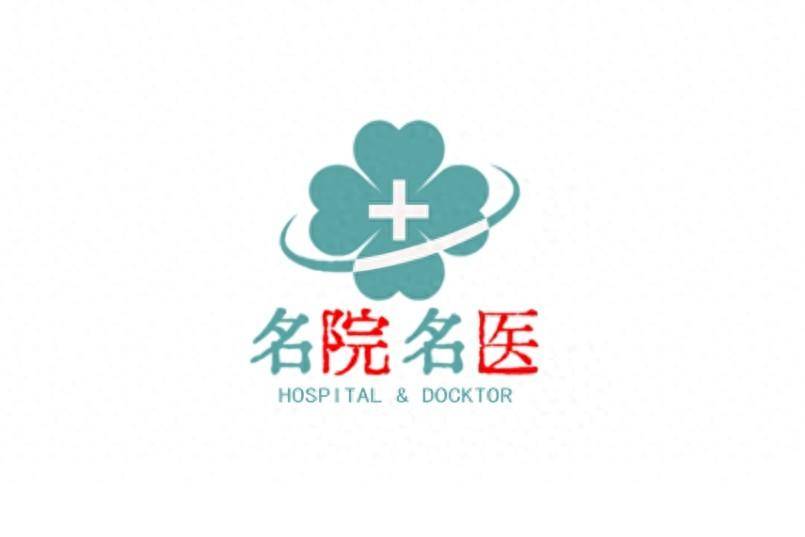With the improvement of living standards and changes in dietary habits, high uric acid has become an increasingly concerning health issue. Hyperuricemia, where the uric acid levels in the blood remain high, can not only lead to gout, a severe joint disease, but is also closely related to various health risks such as kidney disease and cardiovascular disease.
Fortunately, through scientific and reasonable dietary adjustments, we can effectively manage and reduce the risk of high uric acid. Here are some practical dietary suggestions to help you safeguard your health.
Understanding the Relationship between Uric Acid and Diet
Uric acid is the end product of purine metabolism in the body, mainly excreted through the kidneys. When there is an excess production or decreased excretion of uric acid in the body, it can lead to hyperuricemia. The purine content in food is an important factor affecting uric acid levels. Therefore, controlling the intake of high-purine foods is key to preventing high uric acid levels.
Reducing High-Purine Food Intake
1. Red Meat and Offal
Beef, lamb, pork, and animal offal (such as liver and kidney) are rich in purines and should be consumed in moderation. It is recommended to not exceed 500 grams of red meat consumption per week and to choose lean meat cuts whenever possible.
2. Seafood
Some seafood such as sardines, mackerel, skipjack tuna, shrimp, and crab are also considered high-purine foods, especially shellfish and deep-sea fish. Consuming low-purine seafood like sea cucumbers and jellyfish in moderation is safer.
3. Thick Broths and Slow-Cooked Soups
Long-simmered meat broths and bone broths contain a large amount of dissolved purines and should be avoided or consumed in small quantities.
Increasing Low-Purine Food Intake
1. Fresh Vegetables
Almost all vegetables are low-purine foods and are rich in vitamins, minerals, and dietary fiber, which help promote uric acid excretion. Celery, broccoli, cucumber, and tomatoes are especially recommended.
2. Fruits
Fruits also fall into the low-purine category and are rich in water and antioxidants, contributing to overall health. However, excessive fructose intake may also affect uric acid metabolism, so fruits and fruit juices should be consumed in moderation, avoiding excessive sugar intake.
3. Whole Grains and Legumes
While some legumes (such as soybeans and black beans) contain a certain amount of purines, overall, whole grains (such as brown rice and oats) and processed bean products (like tofu and soy milk) have a minimal impact on uric acid levels. They are rich in dietary fiber and protein, making them important components of a healthy diet.
Drink Plenty of Water to Promote Uric Acid Excretion
Adequate water intake helps dilute the uric acid concentration in urine and promotes uric acid excretion. It is recommended to consume at least 2000 milliliters of water daily, preferably plain water or light tea, avoiding sugary beverages and alcoholic drinks. Other considerations include:
1. Maintain a Healthy Weight
Obesity is an independent risk factor for hyperuricemia. Controlling weight through proper diet and moderate exercise helps lower uric acid levels.
2. Limit Alcohol Intake
Alcohol can interfere with uric acid metabolism and excretion, increasing the risk of high uric acid levels and gout. Men are advised not to exceed 25 grams of alcohol intake per day, while women should not exceed 15 grams.
3. Regular Health Check-ups
Regularly checking blood uric acid levels, detecting and intervening in high uric acid levels promptly, is an important measure to prevent complications. In conclusion, while high uric acid is a health concern, through scientific dietary adjustments and lifestyle improvements, we can effectively reduce its risk and protect our health. Remember, healthy eating starts with us, starting from every meal.
[Important Reminder: This article is for informational purposes only and not a basis for diagnosis or treatment. For specific advice, please consult a healthcare professional.]
[Source: Yongzhou Central Hospital, Zou Qijing]
[Editor: XC]


